A connoisseur’s tree, Parrotia persica or Persian parrotia offers a virtual kaleidoscope of colors and textures from one season to another and over the years.
Through the seasons the deeply veined, serrated, broadly oval leaves of this deciduous, multitrunk or low-branching tree turn from spring’s bronzy purple to summer’s rich green to a sometimes astonishing fall combination of reds, oranges, yellows, and even pinks. Individual trees can vary widely in their fall display, and not every year brings the exact same colors at the same times on the same tree.
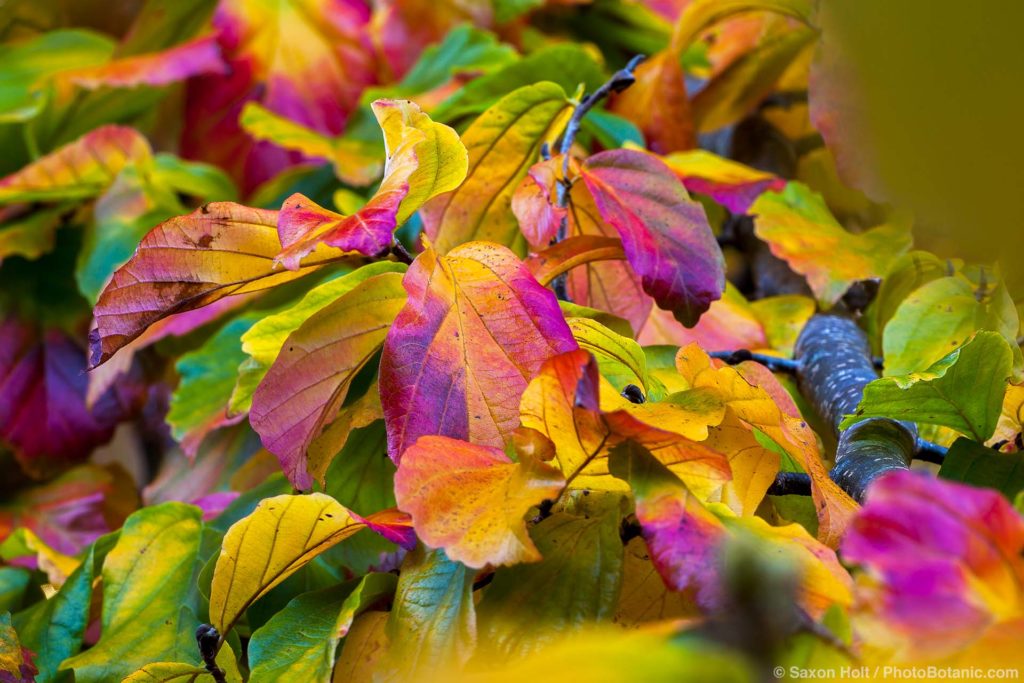
Parrotia persica leaves in fall color
Adding to the ongoing show, as trees mature the smooth, gray bark of youth exfoliates in winter, flaking off to produce a puzzlelike pattern of patchy greenish grays, tans, and creamy whites on the trunk or trunks and larger branches. The convoluted branching habit of older trees itself makes an intriguing wintertime silhouette. The small clusters of tiny, red flowers on bare branches are barely noticeable except at close range.
Parrotia persica is endemic to humid, mostly deciduous forests on the lower slopes of the Talysh Mountains in southeastern Azerbaijan and northwestern Iran. There, south and southwest of the Caspian Sea, parrotia can reach 60-75 feet tall and almost as wide, but it is slow growing, which has led to its reputation as a small tree. Planted in gardens, a gallon can may yield a tree 30 feet tall in as many years.
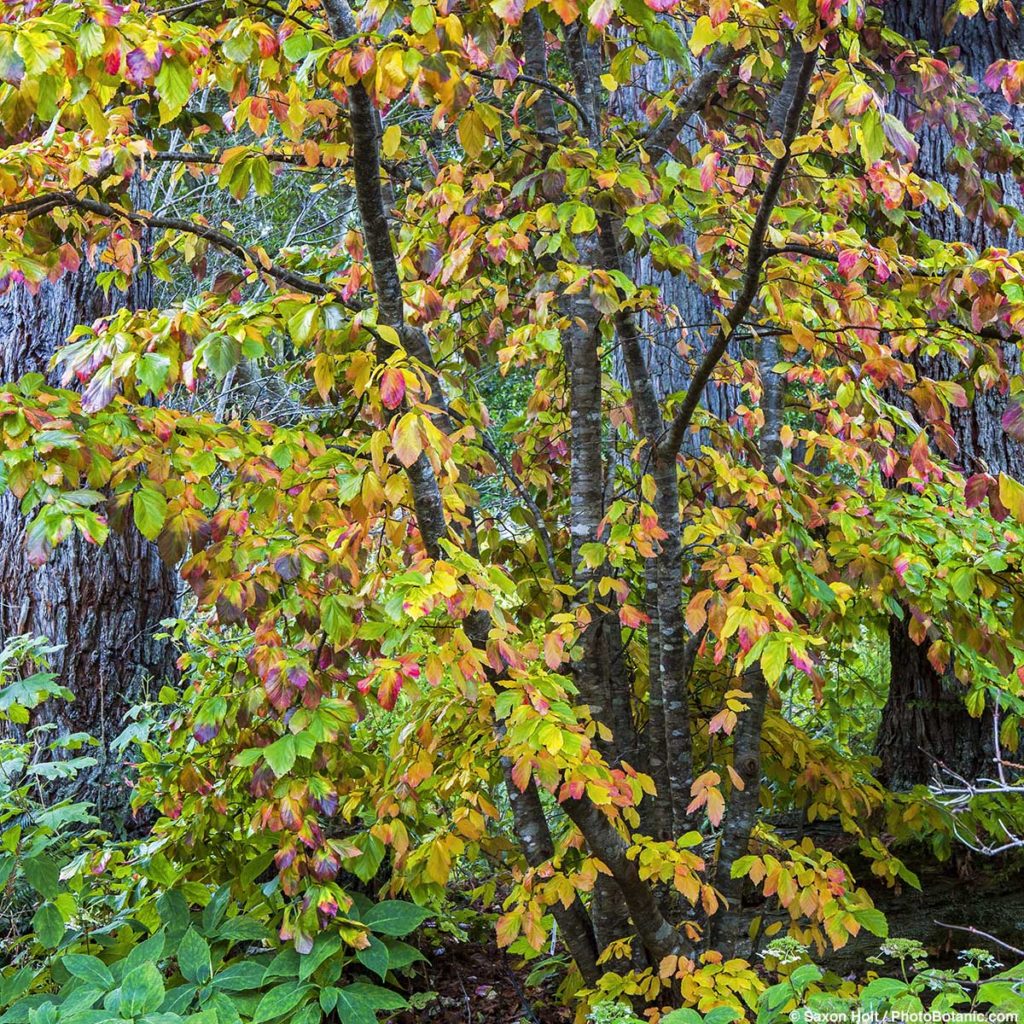
Parrotia persica is multitrunk or low branching unless trained to a single trunk
As might be expected from a tree so variable in the wild, many cultivars have been selected and these might be more predictable than the species. ‘Vanessa’ is narrow and columnar, with lime-green new leaves with bronzy margins and mostly golden yellow fall color. Persian Spire (‘JL Columnar’) is even narrower than ‘Vanessa’. ‘Persian Lace’ has variegated leaves, green with irregular, darker green markings. ‘Pendula’ is wide spreading, with horizontal rather than weeping branches as the name might imply.
For best color, site parrotias in sun, but provide some afternoon shade where summers are especially hot and dry. Persian parrotias are quite adaptable when it comes to soils and summer water, but they do need good drainage.


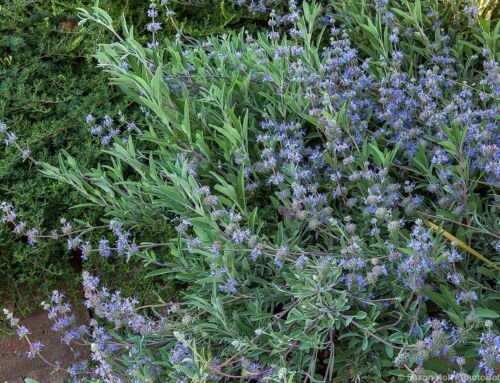
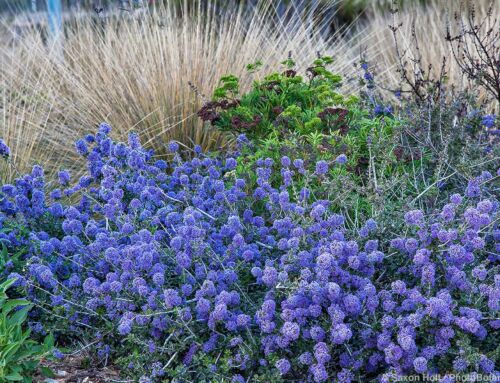
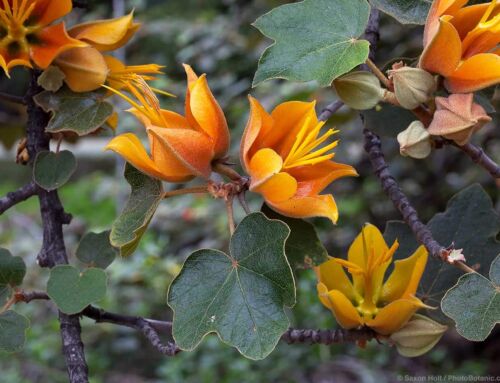
Leave A Comment